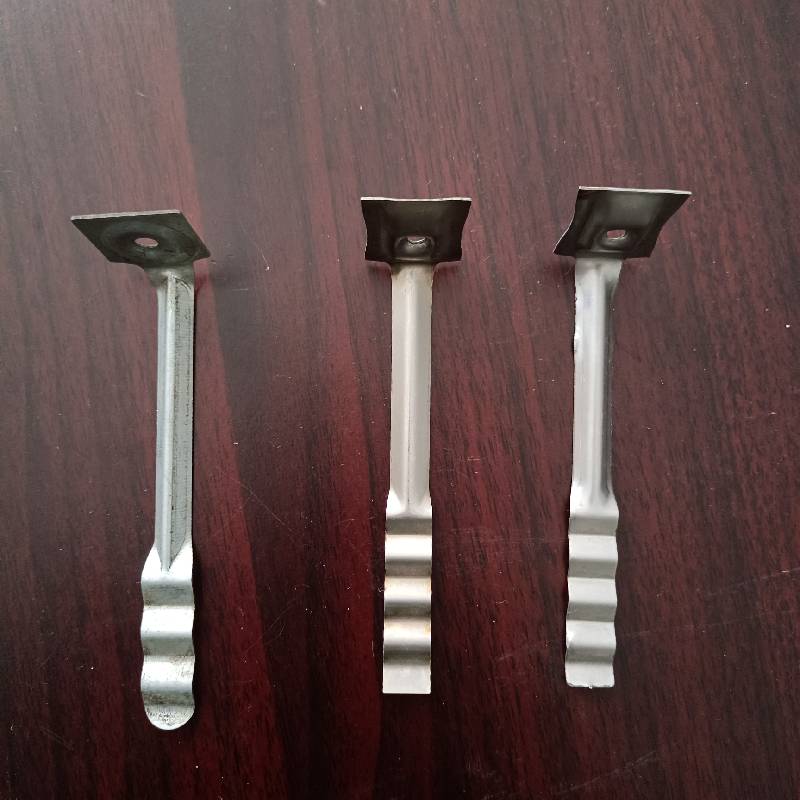
- Mobile Phone
- +8613931874955
- sales@cntcmetal.com
cavity wall tie inspection
Cavity Wall Tie Inspection Importance and Best Practices
Cavity wall construction is a popular method used in modern building design, providing thermal insulation, moisture control, and structural stability. However, as with any construction technique, the materials and components involved must be regularly inspected to ensure their effectiveness and longevity. One crucial component of cavity walls is the cavity wall tie, which plays a significant role in maintaining the structural integrity of the wall system. This article will explore the importance of cavity wall tie inspection, common issues that may arise, and recommended best practices for inspection and maintenance.
Understanding Cavity Wall Ties
Cavity wall ties are metal components that connect the outer and inner leaves of a cavity wall. They help transfer loads between the two walls, ensuring stability and preventing movement that could compromise the building's integrity. Over time, exposure to moisture, corrosion, and other environmental factors can lead to the deterioration of these ties, which may pose serious risks to the safety of the structure.
The Importance of Regular Inspections
Regular inspections of cavity wall ties are essential for several reasons
1. Structural Integrity Faulty or corroded ties can lead to significant structural issues, including wall bulging, cracking, and even collapse in severe cases. Timely inspections enable property owners to address potential problems before they escalate.
2. Preventing Moisture Ingress Cavity wall ties that are compromised can allow moisture to penetrate the cavity, leading to dampness, mold growth, and degradation of building materials. This can result in costly repairs and health risks for occupants.
3. Compliance with Building Regulations Many local building codes require routine inspections of cavity wall ties. Failing to comply with these regulations can lead to legal issues and increased liability for property owners.
4. Cost Efficiency Identifying and addressing issues early through regular inspections can save property owners significant amounts of money in repairs and maintenance over time.
Common Issues with Cavity Wall Ties
Several problems can affect cavity wall ties
cavity wall tie inspection

- Corrosion Metal ties are susceptible to rust and corrosion, particularly in coastal areas or where moisture levels are high. Corroded ties can weaken the structural connection between wall leaves.
- Movement and Misalignment Settling of the building or external forces can cause ties to misalign, reducing their effectiveness and putting additional stress on the wall system.
- Insufficient Number of Ties If the number of ties installed does not meet specified requirements, the wall may not perform adequately under load.
Best Practices for Cavity Wall Tie Inspection
To ensure the health and longevity of cavity wall ties, consider the following best practices
1. Conduct Regular Inspections Schedule inspections at least every five years, or more frequently in areas prone to moisture or structural movement.
2. Engage Professional Inspectors Hire qualified professionals who specialize in structural assessments to perform thorough inspections and identify potential issues.
3. Utilize Technology Employ non-destructive testing methods such as ultrasound or thermal imaging to assess the condition of tie materials without causing damage.
4. Document Inspections Keep detailed records of inspections, including findings and any actions taken. This documentation can be crucial for compliance and future maintenance planning.
5. Address Issues Promptly If any problems are identified during inspections, take immediate action to remediate the situation. This might involve replacing corroded ties or addressing moisture issues in the cavity.
Conclusion
In summary, cavity wall tie inspection is a critical aspect of maintaining the integrity and safety of cavity wall construction. Regular assessments can help prevent structural issues, protect against moisture ingress, and ensure compliance with building regulations. By understanding the importance of these inspections and implementing best practices, property owners can safeguard their investments and enhance the longevity of their buildings.
share:
-
Why Sacrificial Formwork Is Redefining Underground ConstructionNewsJun.06,2025
-
The Structural Dynamics of Modern Concrete: How Snake Spacers Revolutionize Flexible ReinforcementNewsJun.06,2025
-
Snake Spacers Smart-Lock Concrete Reinforcement with Surgical PrecisionNewsJun.06,2025
-
Snake Spacers: Reinforcement Precision for Modern Concrete ProjectsNewsJun.06,2025
-
Snake Spacers Powering Concrete's Structural DNANewsJun.06,2025
-
Slither into Success: Snake Spacers' Precision Bite for Unbreakable ReinforcementNewsJun.06,2025
-
Sacrificial Formwork: Building Stronger, Faster, and Safer StructuresNewsJun.06,2025



















